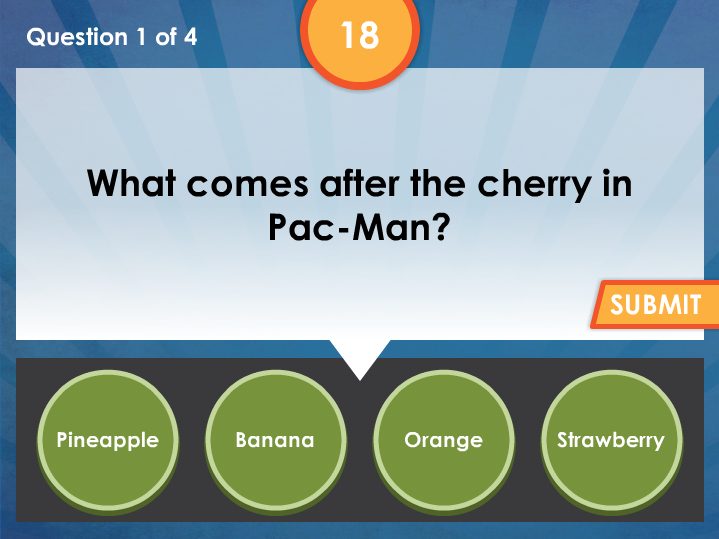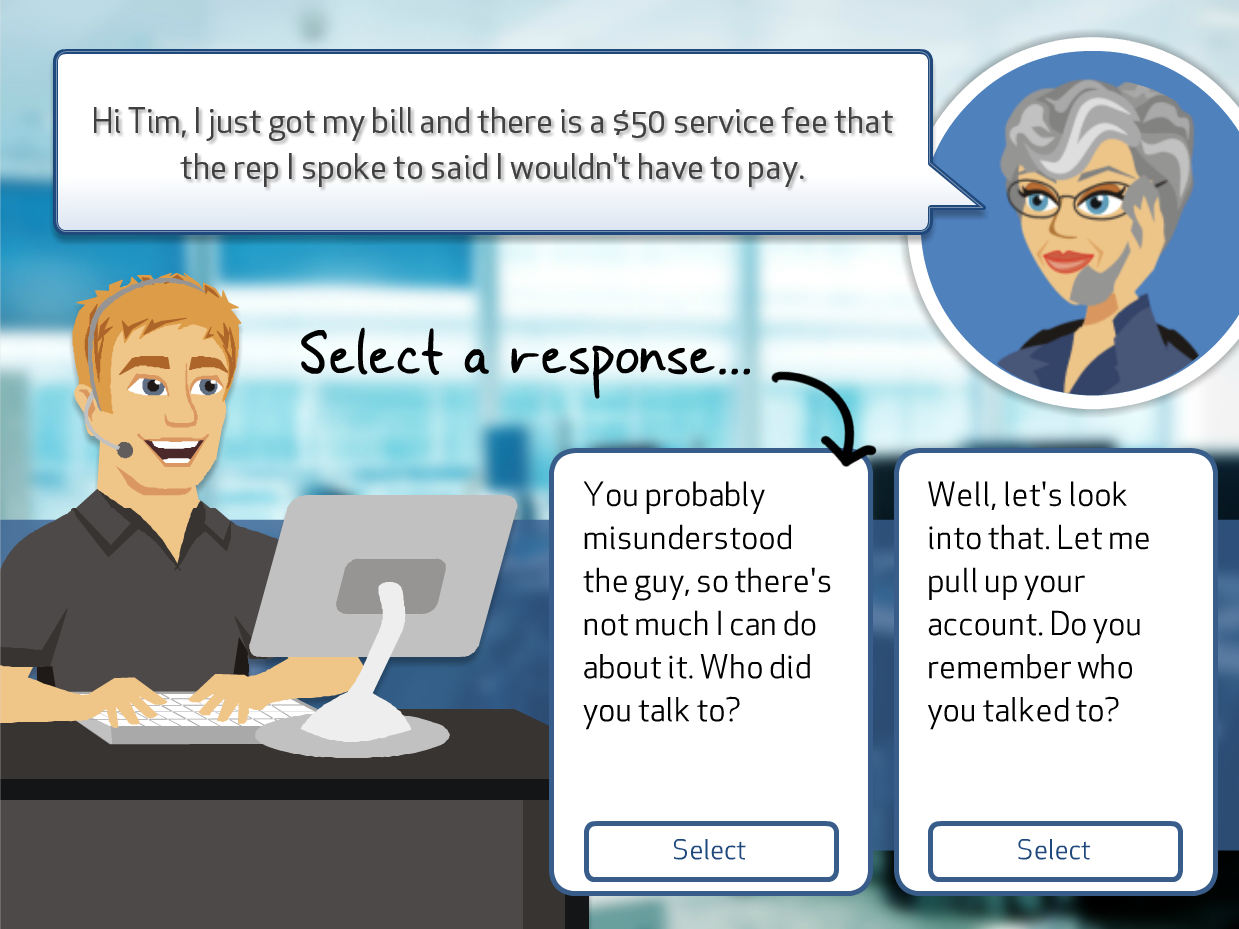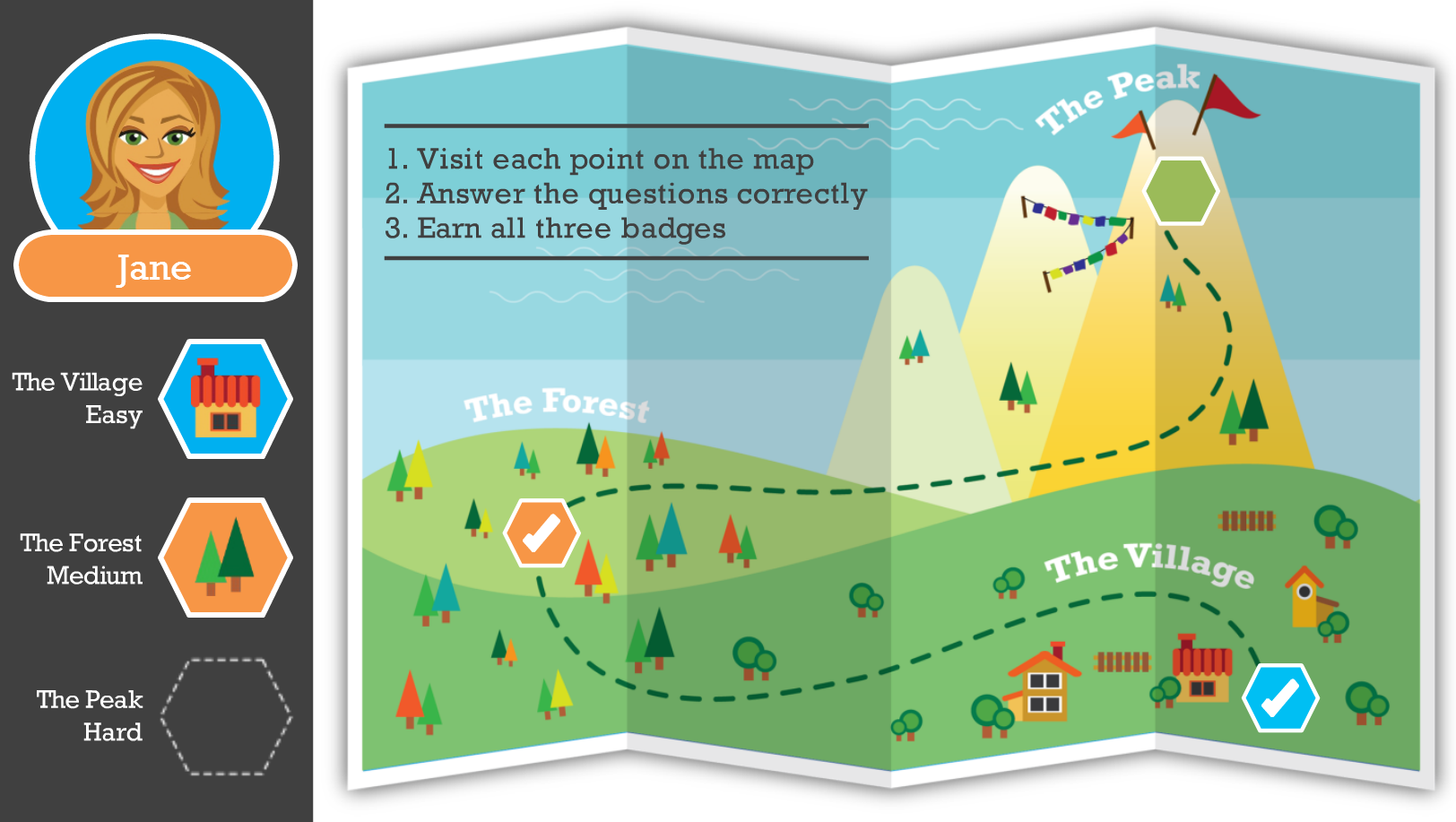
3 Simple eLearning Gamification Techniques
We all love our buzzwords in the field of eLearning. Responsive design, localization, social learning, blended learning, flipped classroom, flat design…the list goes on and on. Although some buzzwords come and go with the times, other buzzwords seem to stick around. eLearning gamification is one of these terms.
The idea of introducing games into learning is nothing new. When I think about my time spent as a child in grade school, almost every lesson was turned into a game of some type. The truth is, people of all ages love games. Games are interactive and engaging, and they create motivation through challenge and accomplishment.
Although the appeal of eLearning gamification is high, many eLearning developers shy away from it. There’s a perception that gamification is overly complicated and technically challenging. This comes from the idea that eLearning gamification is all about creating complex games. And this simply is not true. Gamification is really about applying game-like elements or strategies to enhance the learning experience.
Here are three ways you can quickly gamify your next eLearning course.
1. Make it suspenseful.
Suspense is a classic technique used in both movies and games alike. Suspense gets the adrenaline rushing and creates a sense of urgency. Create suspense by adding a timer to a quiz or by incorporating mystery into a narrative.
Here’s an example of a simple trivia-style quiz I created in Articulate Storyline that uses a timer to add suspense.

2. Make it personal.
eLearning personalization is another one of those buzzwords I mentioned earlier. Although I think personalization could be its own category outside eLearning gamification, I still consider it a technique frequently used in gaming. When I play a game, the ability to select a character or customize the gameplay gives me a sense of ownership and makes the experience feel unique.
Here’s an example of a branched scenario that takes advantage of several different personalization techniques.

3. Make it rewarding.
Most games result in a reward of some kind. Points, badges, and leaderboards are all popular ways to create a sense of accomplishment and competition. When I play a game, I know the points don’t actually earn me anything, but they keep me motivated and engaged nonetheless. The same can be true for eLearning gamification. The perception of earning points or a badge might be all it takes to create a higher level of learner engagement.
In this final example, I use a series of quizzes that reward the user with a badge upon completion.

Remember, eLearning gamification doesn’t have to be difficult or technically complex. Most courses can be easily “gamified” by adding one or more simple elements, be it a timer to a quiz or personalization to a scenario. It isn’t about creating actual games: it’s about creating a game-like experience.
What other ways have you used gamification in your eLearning projects? Share your ideas by commenting below.
This post was originally published on elearninguncovered.com.
